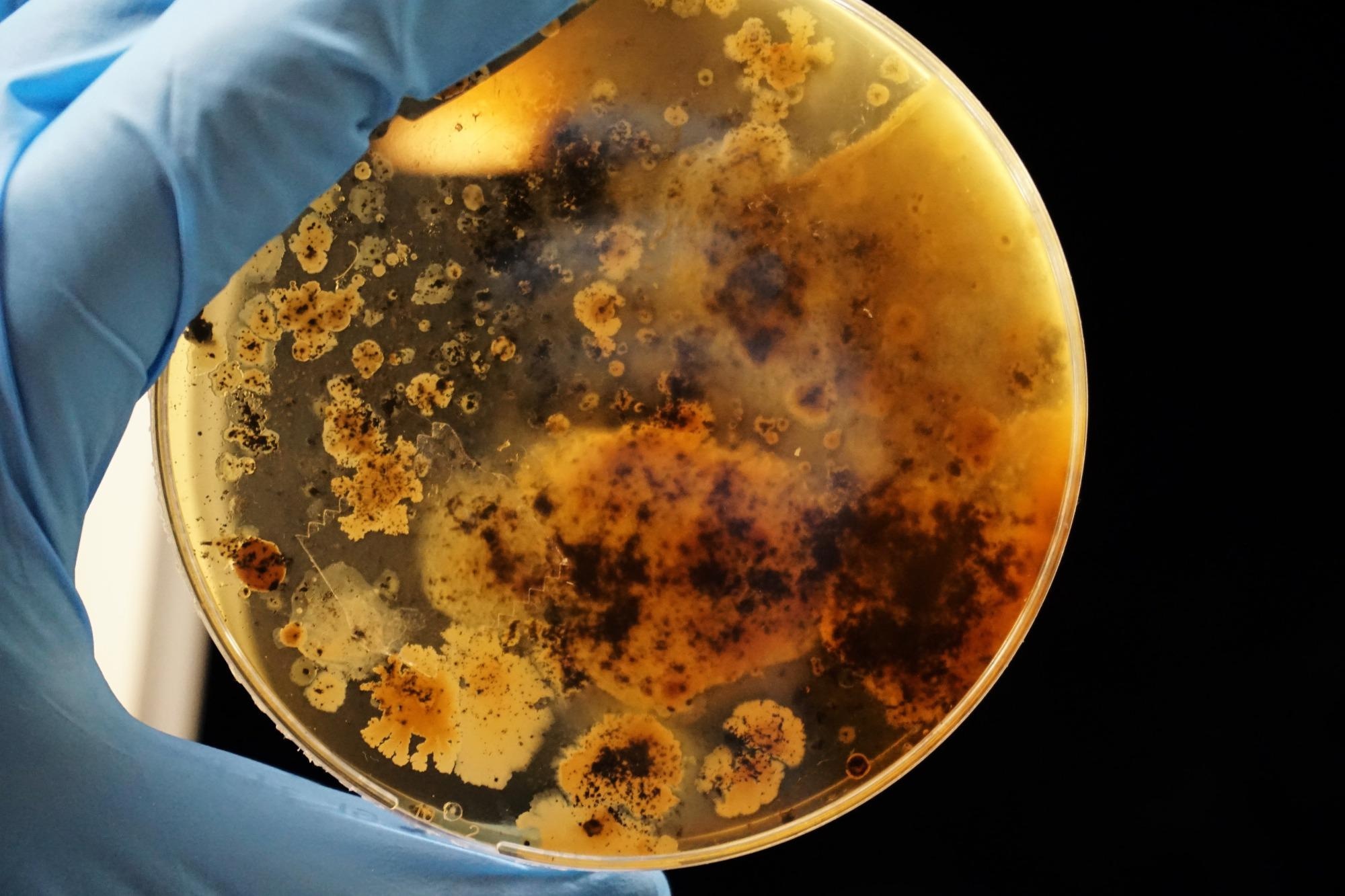Nov 30 2020
Antibiotics are drugs that help prevent and treat bacterial infections. They have had a huge role to play in fighting infectious diseases such as pneumonia, typhoid fever, tuberculosis, and meningitis in the 20th century.

Image Credit: Adrian Lange on Unsplash.
The inappropriate use of antibiotics has, however, also resulted in the so-called multi-drug resistance (MDR), whereby bacteria modify their reaction to these medicines and outlast them.
The WHO reports that resistance to antibiotics is currently one of the main threats to food security, universal health, and development. It troubles experts very much, although several businesses and society, on the whole, do not feel much concern. In contrast to oncology (cancer treatment), for instance, comparatively little is invested in the discovery of new antibiotics.
This is mainly because it necessitates numerous years of testing (about 10 to 20 years); although it may be easy to obtain chemicals that destroy bacteria, it is a lot more challenging to find and develop substances that are not deadly to humans as well. Moreover, the most advanced products cannot be sold freely as this would result in overuse, which eventually discourages business investment.
This problem thus necessitates new treatment approaches and sources of finance. The latest improvements in nanotechnology to design nanoparticles with preferred physicochemical properties can lead to a new product to combat MDR micro-organisms.
The MARA project, sponsored by the FET Open program of the European Commission, is one such example. Headed by the Austrian Institute of Technology, the project is promoted by an interdisciplinary consortium that aims to switch standard antibiotic research with a new DNA-based nanotechnology technique to combat bacteria. This method is based on three new complementary technologies.
The first one, referred to as Autonomous Detection Nucleic Acids (AUDENA), is a new pathogen-linked antigen detection technique. It involves using pure DNA as a sensor that identifies target molecules in water-soluble substances and reacts by altering color. This reaction can be observed by the naked eye, which means laboratory instruments or state-of-the-art processing are not essential. AUDENA is thus cheaper to develop and apply.
The second one is a unique method in protein mimicry that involves using artificial enzymes (DNA structures imitating reactions of proteins), which can be used for an extensive range of applications, for instance, in biomedical manufacturing, biotechnology, and even in the energy sector if it is viable to synthesize cheaper and more stable enzymes.
The third one is based on Molecular Robots (MORO), which are already in use in a few industrial processes. Within the framework of MARA, functional DNA nanorobots can detect tumor cells or bacterial pathogens before killing them by drilling through their cell walls.
The pairing of the machines with target-detecting elements allows the design of numerous, specialized MOROs forming an approach that can transform disease therapy and pave the way toward a new area in molecular medicine.
These technologies are all linked to DNA nanotechnology, which involves using nucleic acids instead of proteins, as has been a standard practice thus far. The findings of the study will enable MARA to decrease the use of antibiotics by designing them more targeted (AUDENAS’ objective), which will decelerate the development of antibiotic resistance, but it will not inhibit it totally.
However, the other two technologies will most likely allow the bacteria to be targeted in new ways. Accordingly, the effect of MARA might be massive on the healthcare of the entire society.
The project has already hatched a follow-up project. Through The EIC Transition to Innovation Activities—a new funding program announced in 2019 under the Horizon 2020 scheme to improve the utilization potential of EU-funded projects—the MARILIA project has formulated a new detection technology, based on MARA’s results, for the quick, economical detection of human pathogens in water samples.
The rapid and economical detection of pathogens is very important in several sectors such as agriculture, healthcare, and food. The commercial potential of MARILIA’s results could pave the way for a start-up to commercialize the product and improve the health and safety of people worldwide.
Source: http://www.fetfx.eu